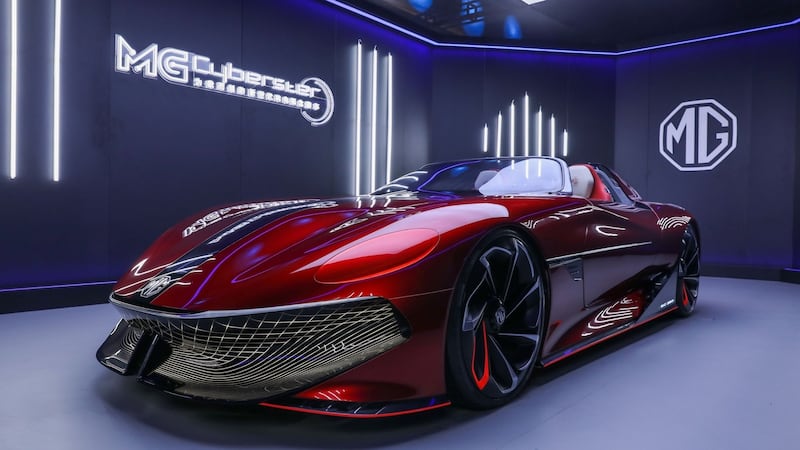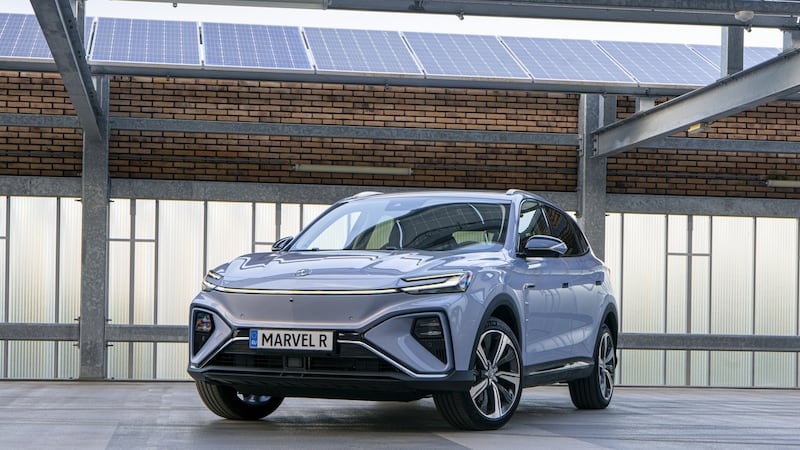Ask pretty much any car enthusiast about Lancia and you'll get at the very least a happy smile, as their brain rifles through memory filing cabinets with labels such as Aurelia, Fulvia and Stratos.
When the file marked "Delta" gets opened, that smile will likely become ever wider, as the memories start to encompass such motorsport legends as Didier Auriol, Carlos Sainz and Miki Biasion, all with a side helping of gorgeous red-and-blue Martini stripes.
Delving deeper into that memory cabinet is not really worth it. Lancia climbed an absolute peak of both performance and image with those Delta Integrale rally cars (and their beautifully balanced road-going equivalents) in the late 1980s and early 1990s, but the brand’s history since has been rather more tragic.
First, came the retreat from right-hand-drive markets. Then the succession of oddly styled, and slow-selling, cars such as the Thesis and Lybra. That was followed by a disastrous tie-up with Chrysler which tried to convince us that a re-badged Chrysler 300C was a car worthy of the legendary Lancia name, or that a long-wheelbase Fiat Bravo was a proper, modern-day Delta. Lancia crashed and burned, and retreated to a single model – the Fiat Panda-based Ypsilon – and more or less a single market: Italy.
Now, though, a revival could just be on the cards. Thanks to the merger of Fiat-Chrysler Automobiles and the PSA Peugeot Citroën Group to create the vast Stellantis empire, Lancia – so long neglected – has been brought back to the forefront.
Plough forward
Luca Napolitano is now heading up the Lancia brand for Stellantis, and the plan is to combine its efforts with those of the group's other premium brands, DS and Alfa Romeo, and plough forward into an electric future. While Lancia's first new model will be a new Ypsilon small car – hardly surprising given that it's the Ypsilon that has kept Lancia on life support for the past decade – after that, in 2026, will come a new Delta. Beyond that, Napolitano says that he wants the Italian brand to take inspiration from Mercedes.
"Everyone wants Delta and it can't be missing from our plans. It will return and it will be a true Delta: an exciting car, a manifesto of progress and technology. And obviously it will be electric," said Napolitano, talking to the Italian newspaper Correire Della Sera.
The new Delta will be a keystone of what Napolitano wants to call “a Renaissance, a word that expresses everything in the Italian spirit that made Lancia great in the world. We will build cars with a great sense of responsibility towards the world we live in, given that our customers want a clean drive, and the revolution towards pure electric is in line with our tradition of great technological innovation. We were the first to launch the ‘EcoChic’ philosophy with LPG and methane, and from 2020 with the mild hybrid, and today we no longer have any purely petrol or diesel models in the range.”
In other interviews, Napolitano expanded: “Clearly volumes are important, but our targets are about profitability. We still need to work and need to look at a benchmark . . . which for us is Mercedes. I don’t mean we want to fight against Mercedes, that would be naive, but that is an example of what we look at.
"The Delta will have the difficult task of both pleasing those enthusiasts who remember the original, and convincing younger buyers to give a damn either way. That will not be easy, nor will it be a simple job to balance the competing demands of DS, Alfa Romeo and Lancia in a very crowded and competitive premium car sector. Lancia will start by expanding from its only current market, Italy, to include Germany and France, before taking on the rest of Europe.
"However, in the coming year, if things go well, why not try to bring Lancia models with right-hand drive also in Japan, South Africa or Australia? We would also like to build cars with a significant portion of recycled materials," said Napolitano.
Reconstituted
Is it an easier task to revive MG? Certainly the reconstituted brand – once famous for sports cars and now, under the ownership of China's SAIC Motor, focusing on electric crossovers and SUVs.


MG's will spread out its wings a little with a new model called the Marvel R (well, it's called that in China, but may well be renamed for Europe). A mid-sized crossover SUV in the mould of the Skoda Enyaq, MG says that the car will be priced against the likes of the Nissan Leaf and Kia e-Niro, and comes with a 180hp electric motor and a 70kWh battery pack, which should be good for a roughly 400km one-charge range. No word yet on a right-hand drive version, however, so we await confirmation it will ever set its tyres on Irish roads.
Roadster
Beyond that? MG wants to get back into sports cars. It’s currently working on a two-seat electric roadster called the Cyberster – and it’s been offering buyers the chance to get in on the development of the car. Now some sports car makers in the past used to get customers to develop the cars for them, but only after they’d bought one, and usually by waiting to see who came back complaining about bits that had fallen off or blown up.
MG’s idea is rather more like crowdfunding, although it’s doubtful that the Shanghai Automotive Industrial Corporation (SAIC), the Chinese giant that bought the MG name when the old MG Rover Group collapsed back in 2004, actually needs the cash.
While newcomers line up to win electric car sales, the old names of the combustion-engined era are hoping the electric revolution will revive their fortunes and return their brands to the glory days.











